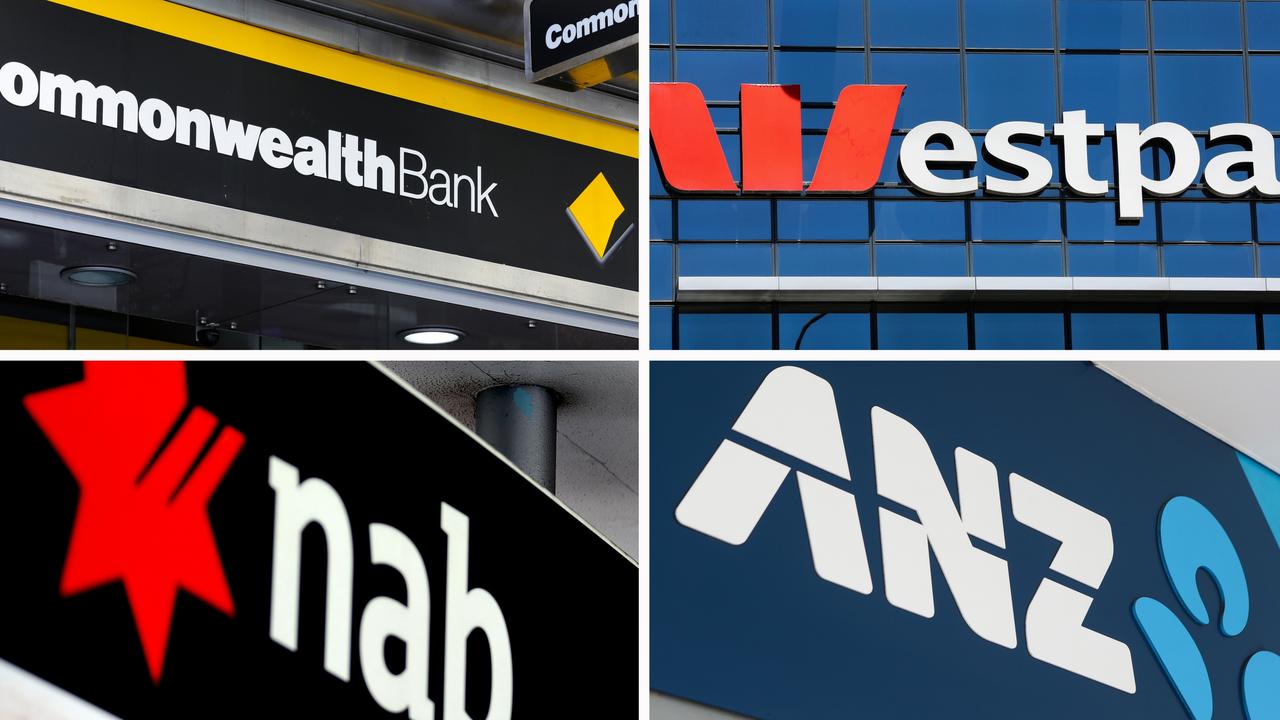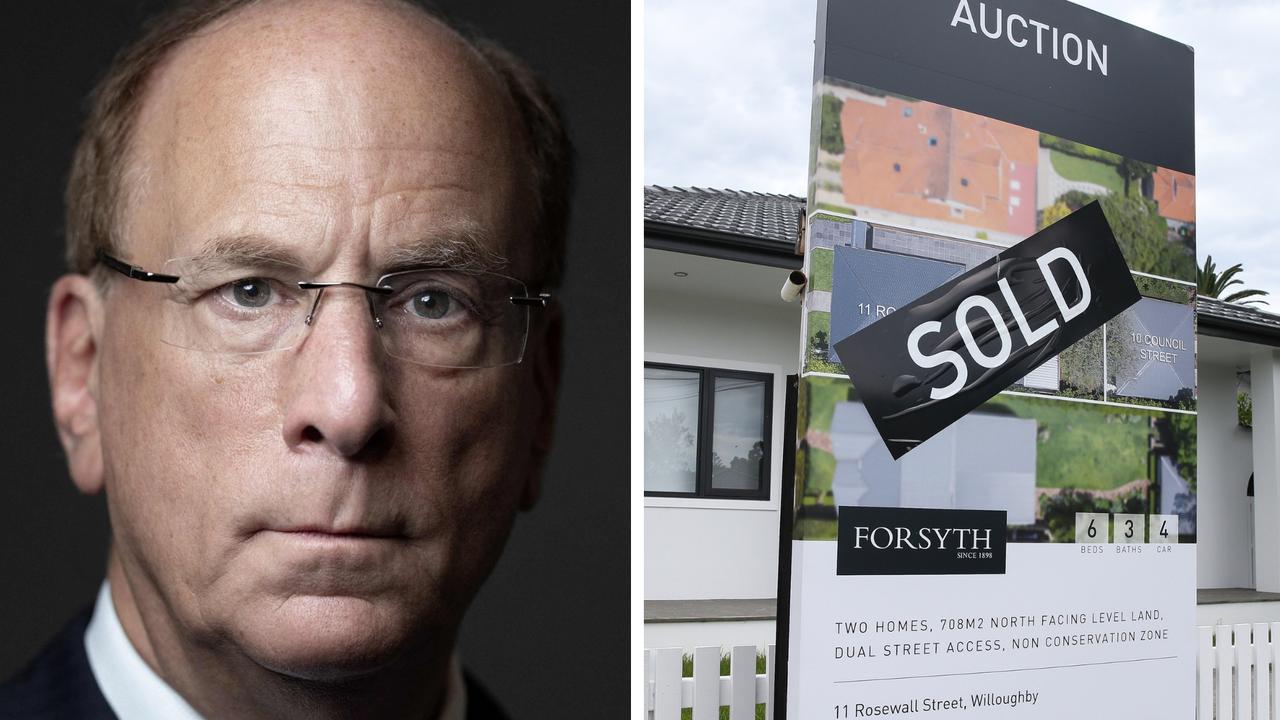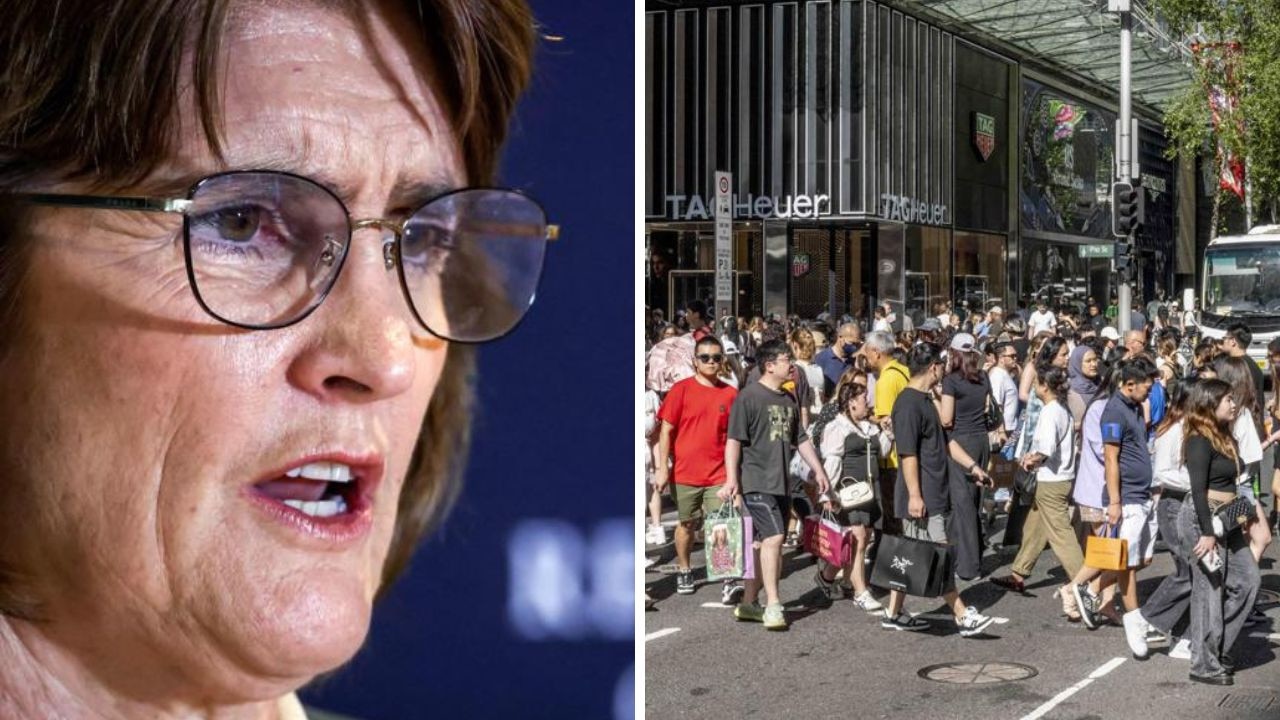Huge $51,000 mortgage mistake revealed as cash rate tipped to rise
Countless Australians could soon be in for a massive mortgage shock – and one wrong move could end up costing them dearly.
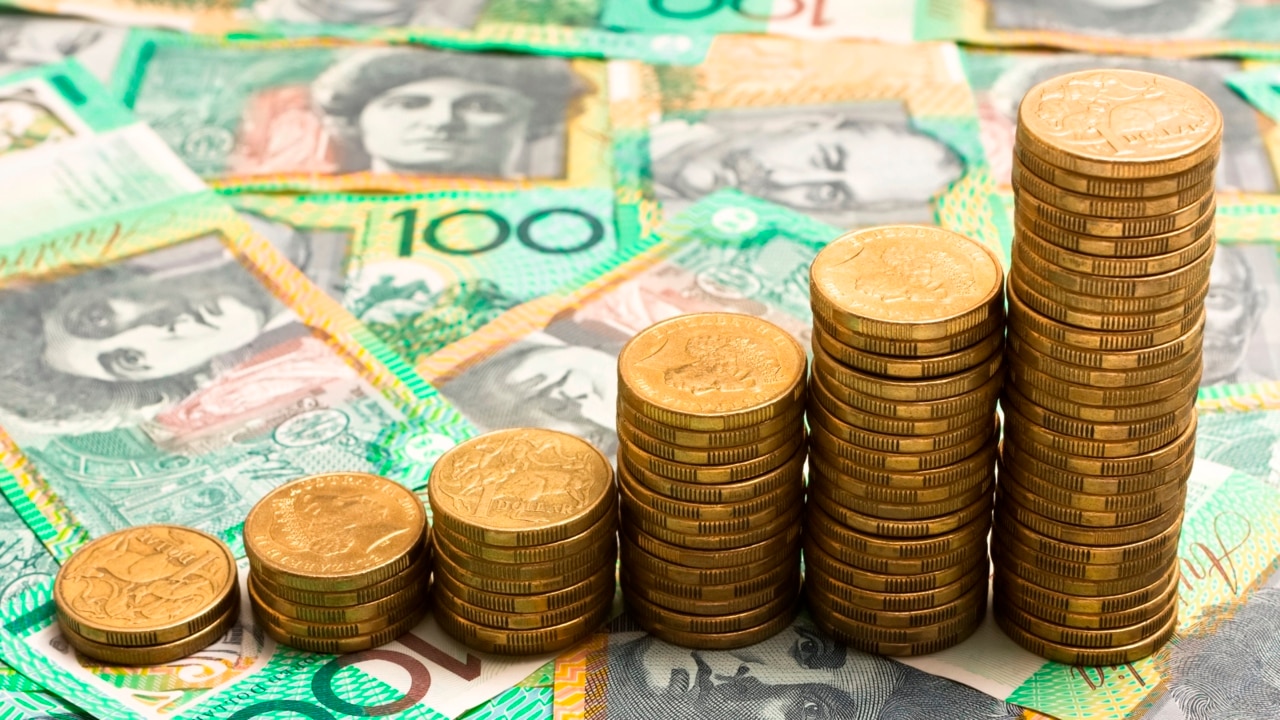
Aussie homeowners could soon be in for a huge mortgage shock as countless fixed terms draw to an end in the months ahead.
With interest rates set to rise rapidly, the cost of borrowing cash is getting more expensive – and new research has revealed that making the wrong decision could cost mortgage holders dearly.
According to RateCity, a typical owner-occupier paying principal and interest with a $500,000 loan outstanding and 25 years remaining who is coming off a fixed rate today faces five scenarios, based on forecasted RBA interest rate hikes.
Do nothing
In the first scenario, the homeowner does nothing, and fails to renegotiate their loan.
That means the loan would simply roll onto the revert rate of approximately 3.68 per cent – which could rise to 5.58 per cent based on RBA forecasted hikes.
This move doesn’t come cheap, and would cost $51,217 over just two years.
Refix with the big four over two years
In the second option, the homeowner refixes with one of the big four banks – ANZ, Westpac, NAB or CBA – for two years to an average rate of 4.47 per cent.
This would cost $6933 less over two years, compared with doing nothing and rolling onto the revert rate.
Refix to one of the lowest two-year rates
If the person switched lenders by refinancing to one of the lowest two-year fixed rates currently on offer, they could potentially move to a rate of 3.28 per cent – a move that would cost $17,997 less over two years compared to doing nothing.
Stream more finance news live & on demand with Flash. 25+ news channels in 1 place. New to Flash? Try 1 month free. Offer ends 31 October, 2022 >
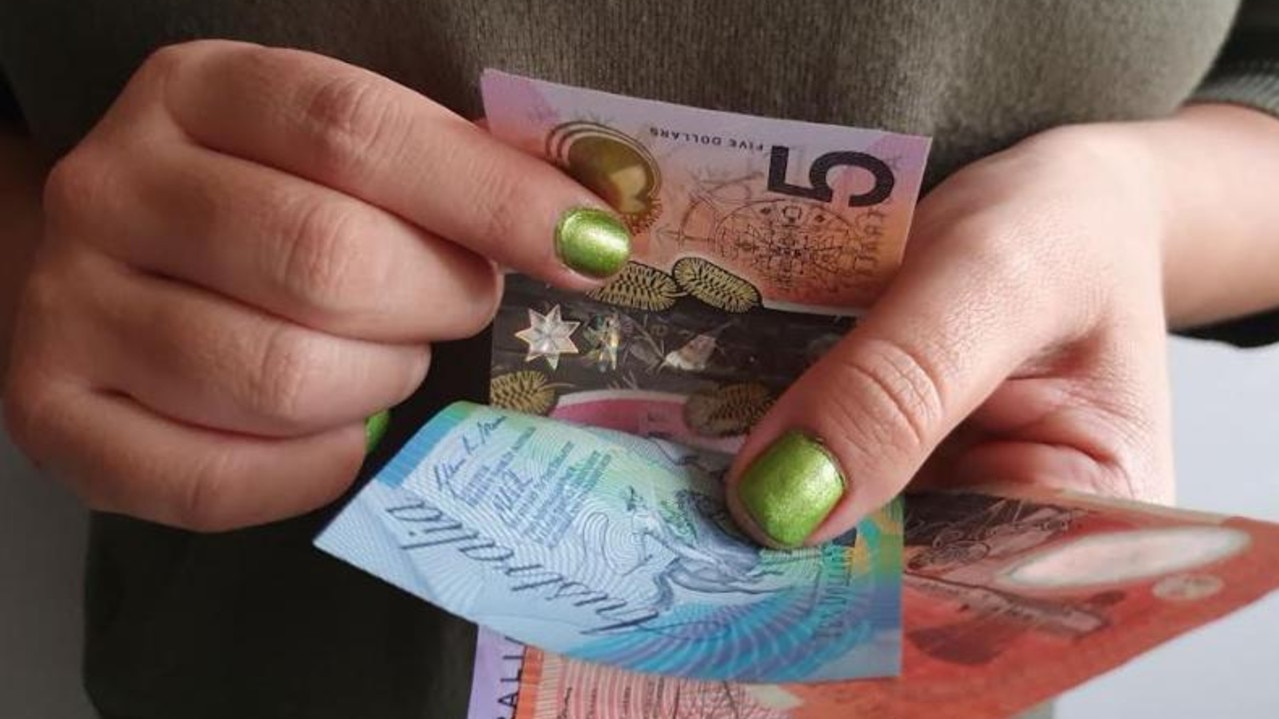
Renegotiate to big four bank lowest variable rates
The fourth option would see the homeowner renegotiate with their big four bank to the lowest variable rate on offer.
Under this scenario, the person could potentially move to an average rate of 2.42 per cent which could rise to 4.32 per cent, based on projected RBA hikes.
This would cost $13,100 less over two years compared to doing nothing.
Refinance to one of the lowest variable rates
The final option involves the mortgage holder switching lenders by refinancing to one of the lowest variable rates currently on offer.
That means they could potentially move to a rate of 1.97 per cent – the average of the three lowest variables for large loan sizes – which could rise to 3.87 per cent, based on RBA hikes. This would cost $16,159 less over two years than doing nothing.
Big four raise fixed home rates
Those five scenarios come after Australia’s big four lenders all hiked their fixed hoe loan rates for owner-occupiers and investors in recent days.
Late last week, both CBA and ANZ raised their fixed home loan rates, with CBA hiking rates in every loan term for both owner-occupiers and investors by up to 0.80 percentage points, meaning CBA no longer has a fixed rate under 3 per cent.
ANZ’s hikes were also largely across the board for both owner-occupiers and investors. The largest hike was 0.70 percentage points.
It follows similar fixed rate hikes from NAB and Westpac last month.
Rates will ‘keep on rising’
RateCity.com.au research director Sally Tindall said as a result of those recent hikes, “none of the big four banks now offer a fixed rate under 3 per cent, with the vast majority of owner-occupier rates starting with a 4 or 5”.
“After months of fixed rate hikes, it’s possible some of the longer-term fixed rates could be nearing the peak,” she said.
“The big four bank’s lowest three-year fixed rates are now, on average, 2.57 percentage points higher than their lowest variable.
“Governor Lowe has indicated the neutral cash rate could be around 2.5 per cent, with this in mind, the hikes for three-year fixed rates may be running out of steam, however, cost of fixed rate funding pressures could still push these higher.
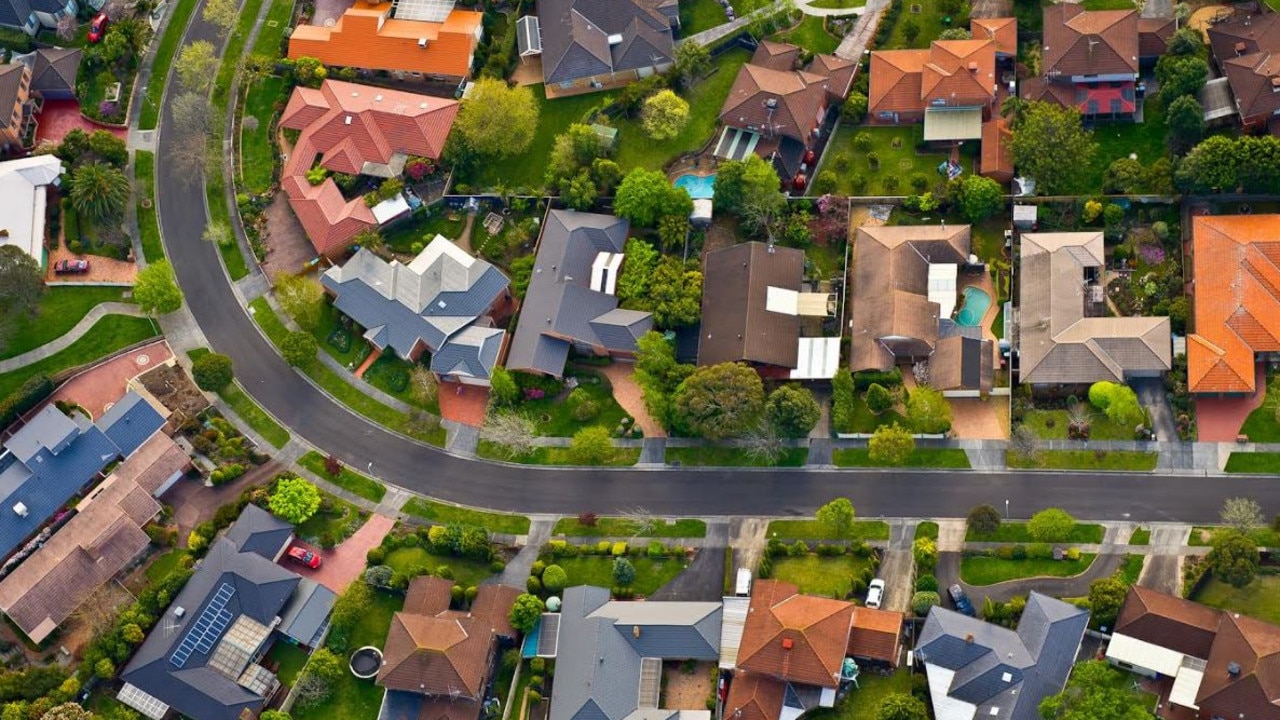
“We expect one- and two-year fixed rates will keep on rising as the cash rate hikes unfold.”
Meanwhile, Ms Tindall said there were still some competitive fixed rates up for grabs outside the big four – although she noted that “anyone who wants to know with 100 per cent certainty if fixing will end up being cheaper probably needs access to a crystal ball”.
“Not even the RBA can say with confidence exactly how fast and how high the cash rate will go,” she said.
“Before you fix, think about whether it suits your finances.
“For anyone wanting to hedge their bets, a split loan is a one way to have a foot in both camps.”



